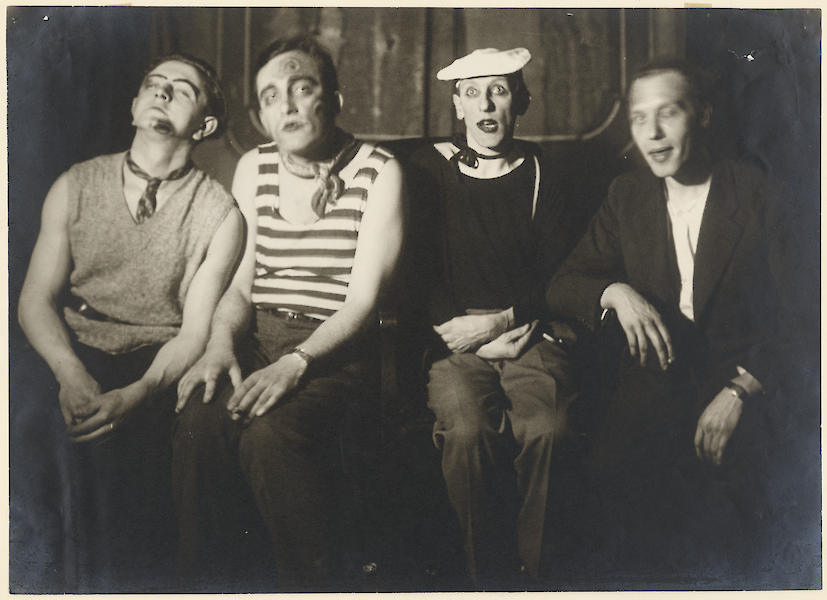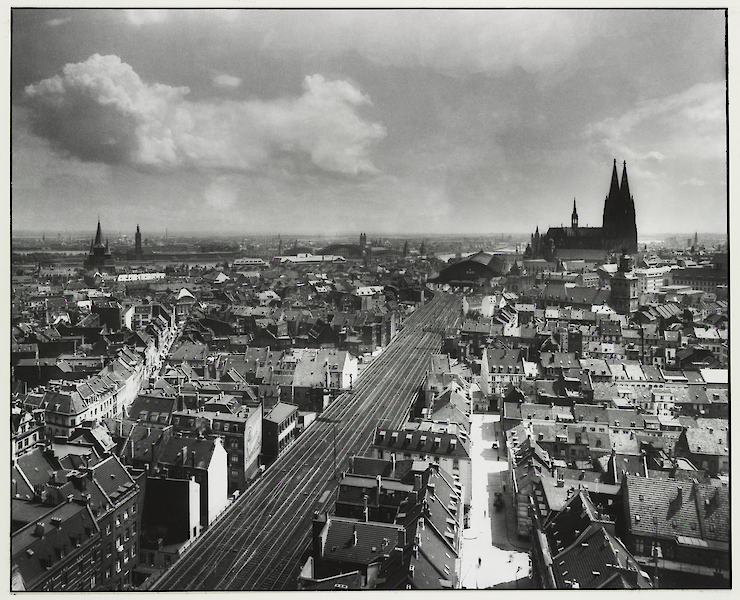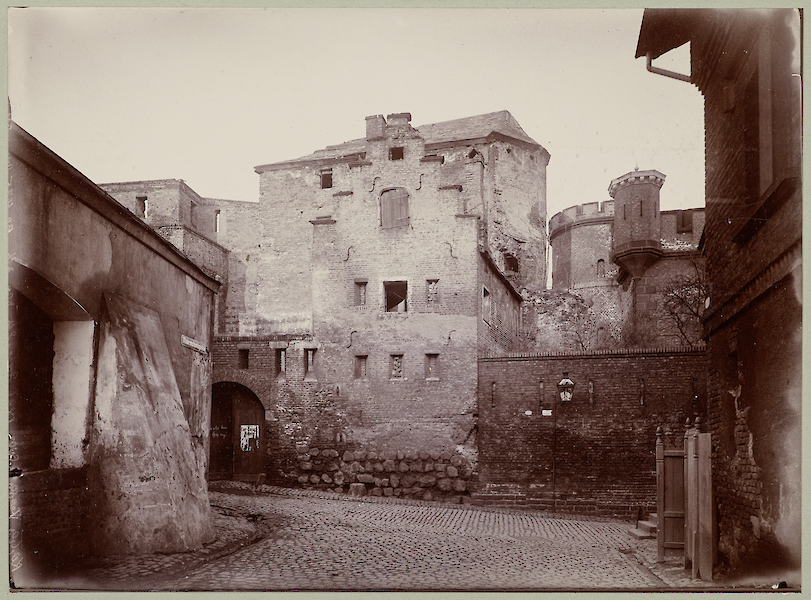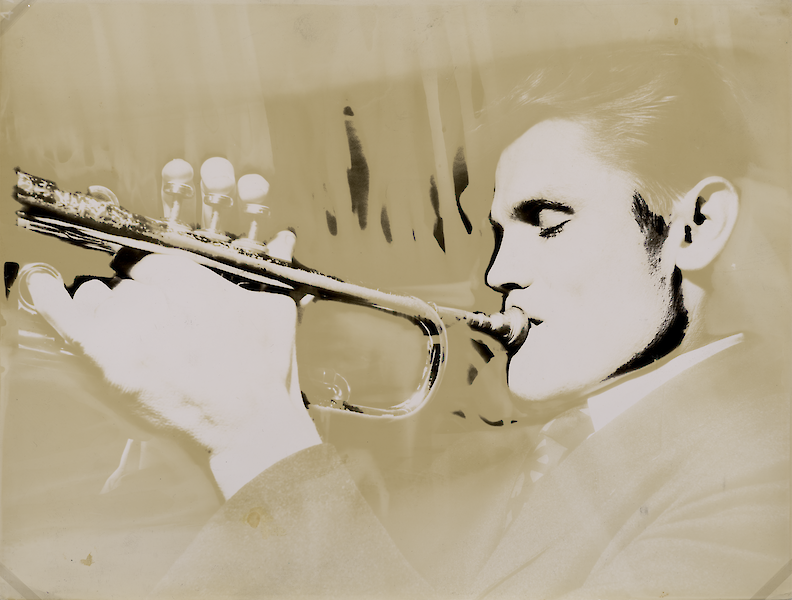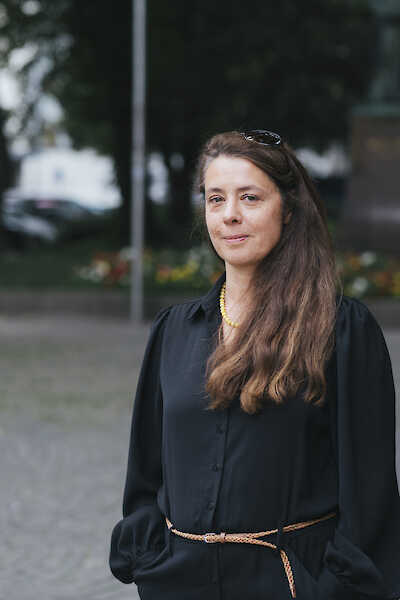
Marta Bogdańska
at Kölnisches Stadtmuseum
Animals and their life stories are only sparsely visible in a city’s history, as in the case of the chimpanzee Petermann, who mounted a spectacular escape from Cologne Zoo in 1985. His visage, propagated in numerous photographs, has become part of the city’s visual memory, unlike the countless animals that populate the conurbation with us, day in, day out. In her project, Marta Bogdańska looks for ways of occupying a non-anthropocentric perspective in the archive and its materials as a discursive space, a space which focuses primarily on a history of humanity and, in so doing, excludes the animal as agent. By juxtaposing historical photographs with video works produced in Cologne, the project intends to sound out the coexistence between humans and “non-human animals”.
Marta Bogdańska
Marta Bogdanska (born 1978 in Warsaw, where she currently lives) is a visual artist, photographer, filmmaker and cultural manager. She has a master's degree in philosophy, studied art as part of the Home Workspace Program in Beirut and then studied photography. Bogdanska has already led several international art and cultural projects and her book "Shifters" won the PHotoEspaña Award for the best international photo publication of 2022 and was nominated for the Kassel Dummy Award, the Luma Rencontres Dummy Book Award Arles and the Mack First Book Award. In 2023 she was Artist in Residence at the Institute for Postnatural Studies in Madrid and received a grant from the Culture & Animals Foundation in New York.
Visit to Marta Bogdańska in her residency at Kölnisches Stadtmuseum
More about Marta Bogdańska:
Website
Instagram
Kölnisches Stadtmuseum
The new Cologne City Museum is located in the middle of the city center, just a stone's throw from the cathedral. Visitors can expect an innovative house that tells the city's history in a completely different way - surprising, modern and interactive. The museum also sets new standards when it comes to barrier-free education.
Photography is being collected since the museum was founded. The museums’s collection of prints and drawings therefore includes an extensive selection of photographs (including around 20,000 picture postcards), which make up around 20 per cent of that collection. Photographs from the holdings of the Historical Archive of the City of Cologne and the municipal building department were among the museum's first objects. Thus, the focus of the photographic collection is centred on cityscapes and architecture, including the Rhineland, at least until 1945.
However, it was quickly followed by portraits and pictures of traditional garments, i.e. pictures of unknown people of all genders and ages, which were collected because of their clothing. Another emphasis is on photographers from Cologne.
Until the middle of the 20th century, photography was mainly collected as a form of documentation. It was only with the purchase of August Sander's portfolio "Köln wie es war" ("Cologne as it was“) that artistic photography followed, naturally also in terms of the city's history, imagery, culture, architecture, etc. This continues to this day.
More about Kölnisches Stadtmuseum:
Website





